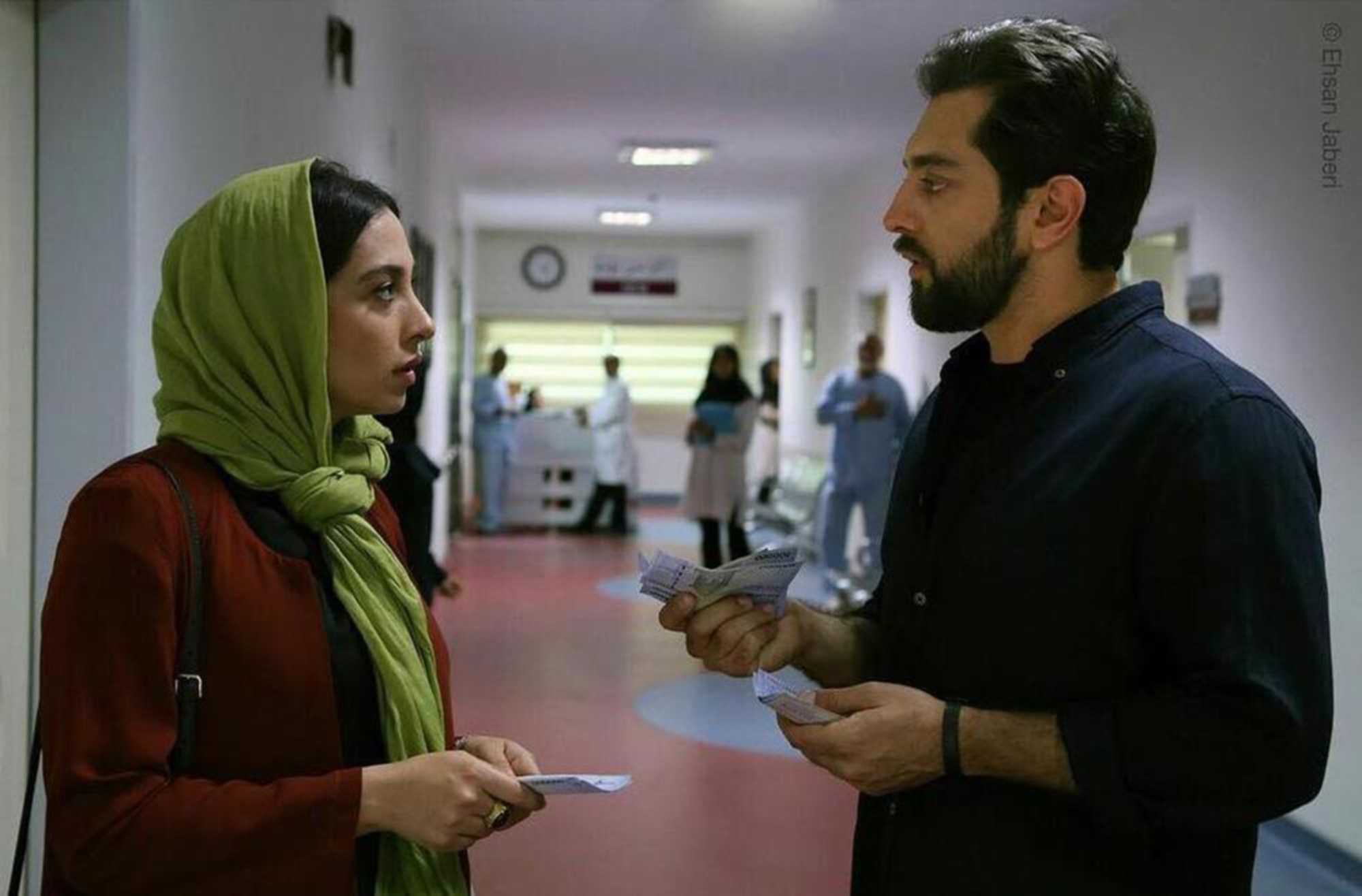
- Golden Globe Awards
Yellow (Iran)
The well-traveled winner of several festival awards, including the Jury Grand Prix and Best Actress prize at the 20th Shanghai International Film Festival, Iranian drama Yellow, writer-director Mostafa Taghizadeh’s debut feature, unfolds against a uniquely intense backdrop and tells a tale of friendships ripped apart.
What starts off as a road trip movie, with a seemingly carefree and well-integrated mix of male and female friends seeking to pay a fond farewell to their homeland before leaving for Italy to start new jobs on a shared project, quickly detours into more fraught territory after a terrible car accident injures a young boy. When Hamed (Shahram Haghighatdoost) has a physical breakdown stemming from this incident, he ends up comatose in a nearby hospital, and in need of an emergency liver transplant.
Suddenly, Hamed’s wife Nahal (Sareh Bayat) and the rest of their group – Shahab (Bahram Radan), Nicki (Bahareh Kianafshare) and Faramarz (Mehrdad Sedighian) – find their futures in doubt, thrown into disarray by the urgent need to raise enough cash to secure an organ from another terminal patient on life support. As they individually appeal to and barter with estranged family members and former lovers, factional alliances reveal themselves, and secrets both innocent (unspoken crushes) and darker (infidelity) are dragged into the light of day.
While the narrative proper is decidedly forward-leaning and propulsive, and Taghizadeh and cinematographer Masood Salami mostly embrace that energy with loose, hand-held camerawork, they also trade in brief insert shots – the reflection of a lonely street violinist in a car window, for example – that are redolent of history and cultural tradition. In this regard, as well as the science-minded interests of these twenty-something-year-old friends, the film subtly reflects the tension between old and new Iran – of the familial responsibilities of characters, and their desire for travel and contact with the outside world that pulls them away from societal expectations placed upon them.
Foreign-language films from many regions face narrative stereotypes, as well as commercial hurdles in securing wider, international theatrical distribution. This is one of the reasons that Taghizadeh’s Yellow, told in Persian, is especially heartening – for the portrait of young life in contemporary Iran that it depicts, never mind the emotionally heightened stakes of its narrative. While some of the plot specifics are particular to its setting, the splintering of friendships as different life goals come into focus is something that viewers around the world can find relatable.

